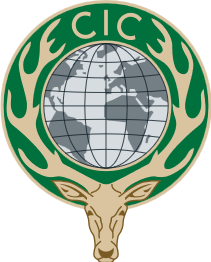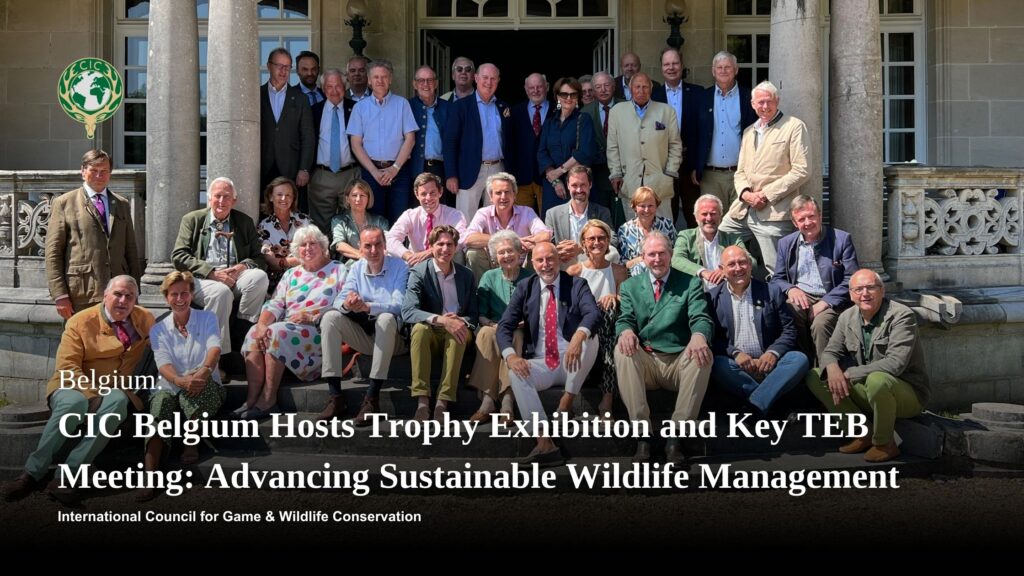Home » News & Press » The Dangers of Extrapolation – Hunting Revenues and Local Communities
Facebook
X
LinkedIn




